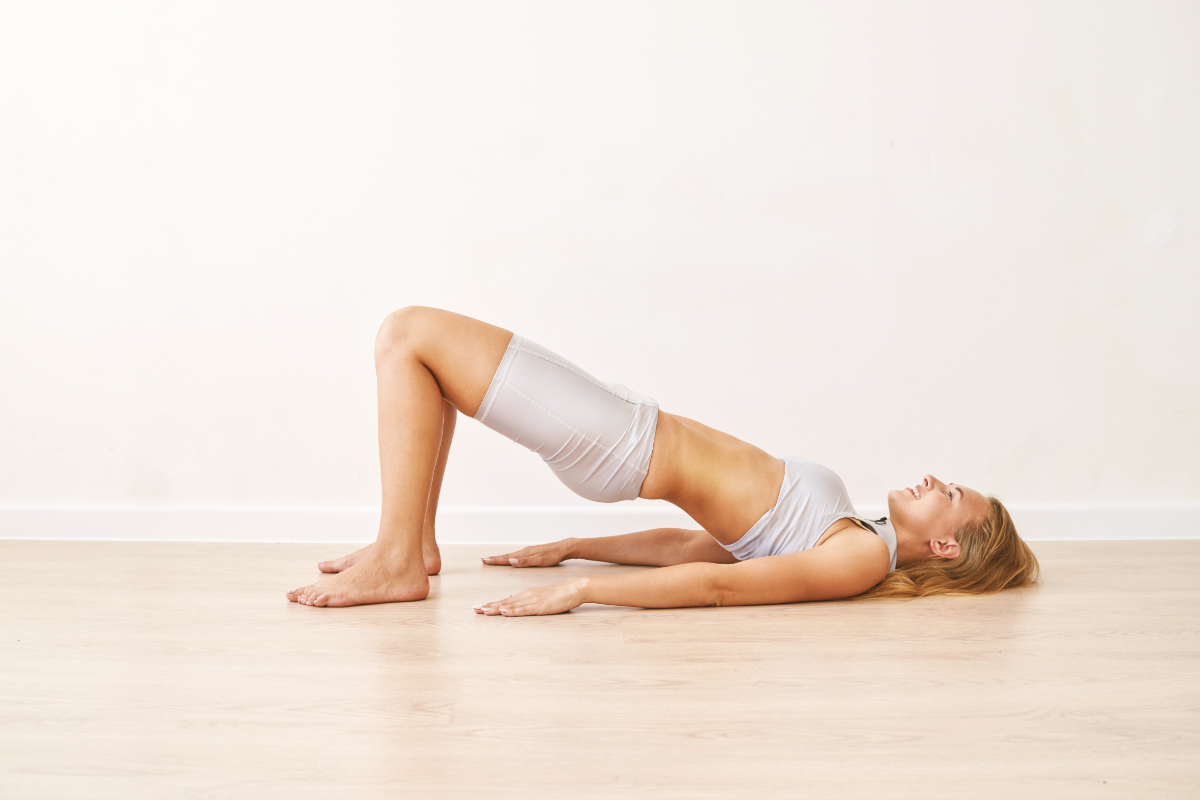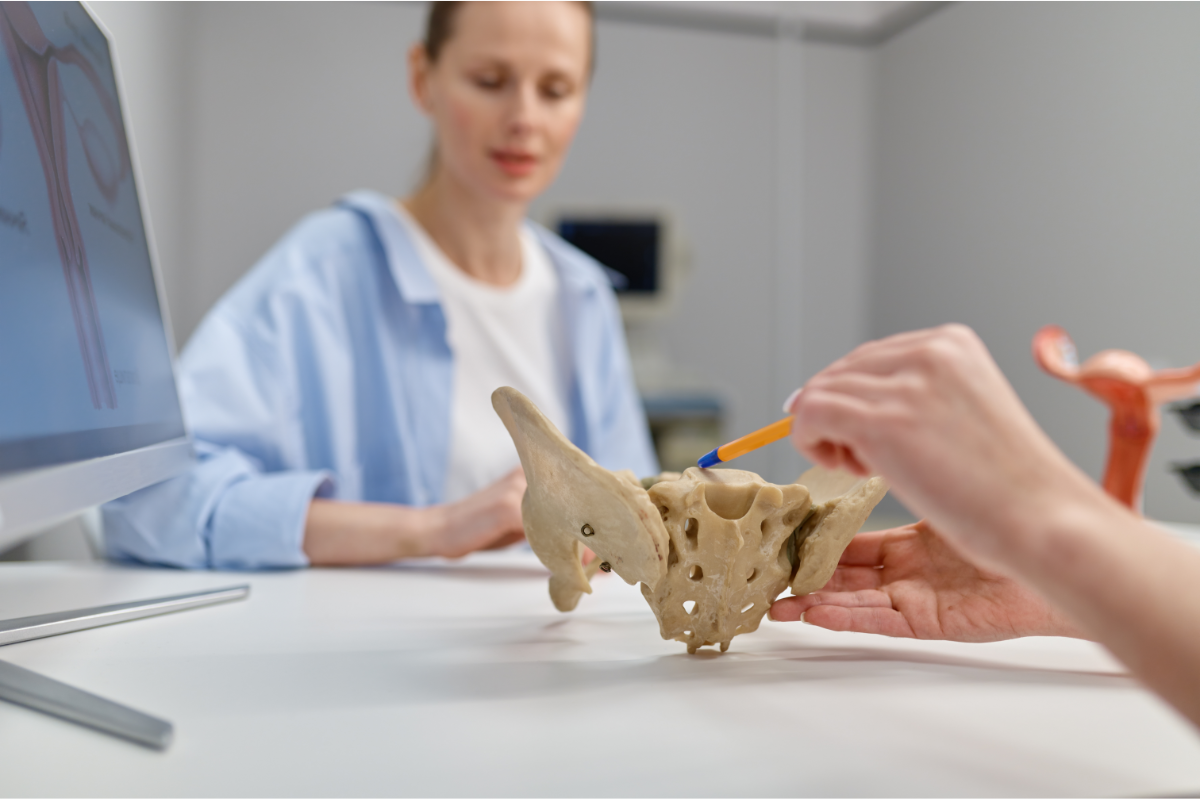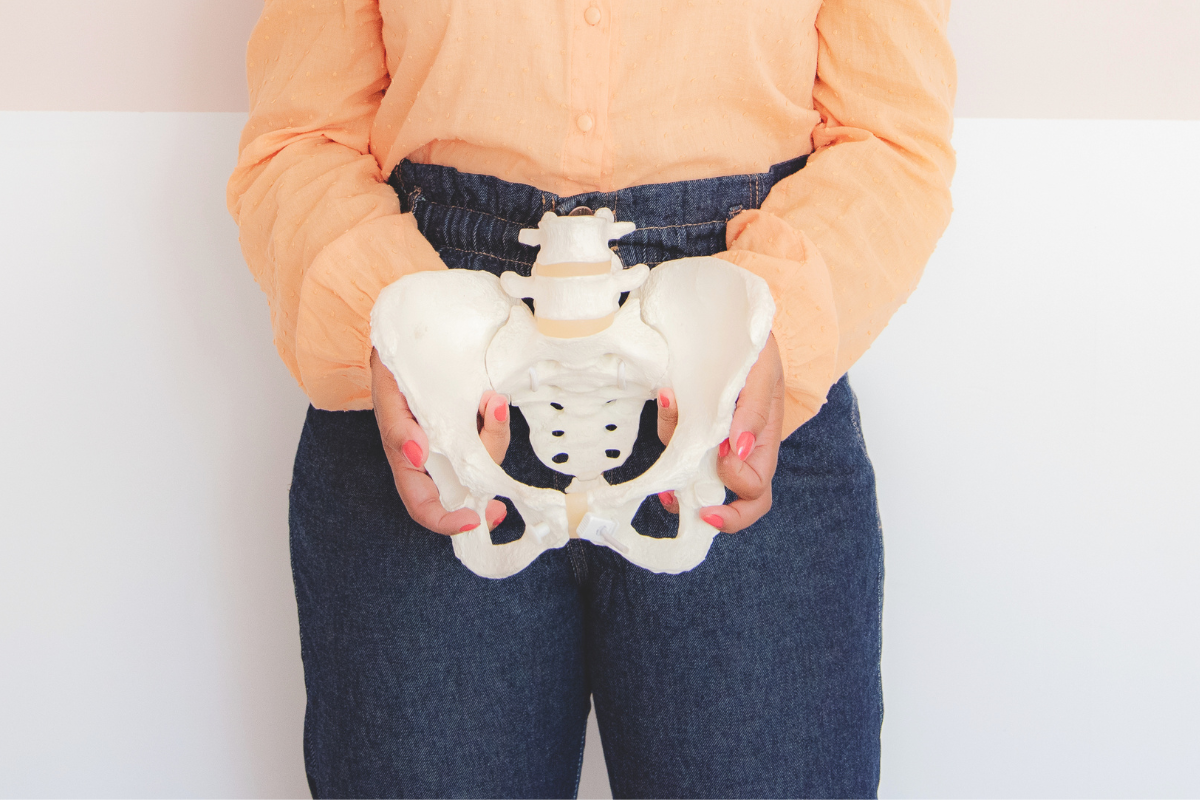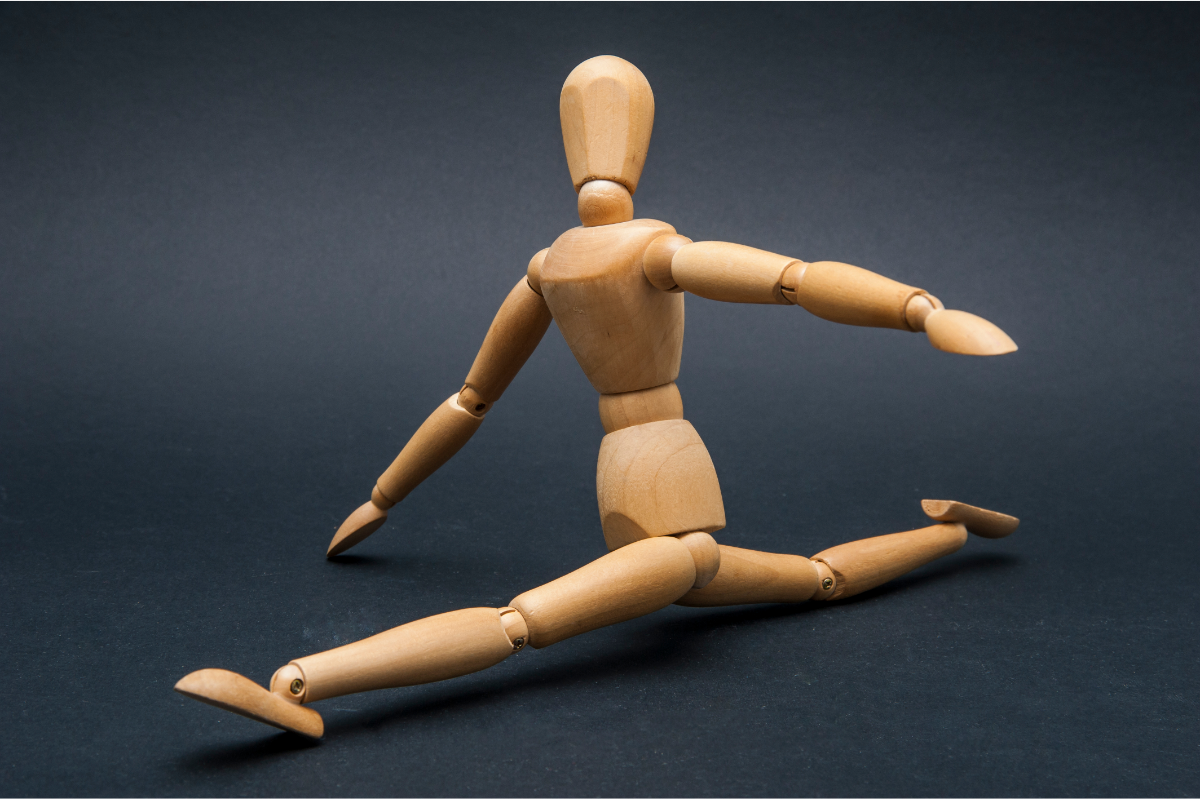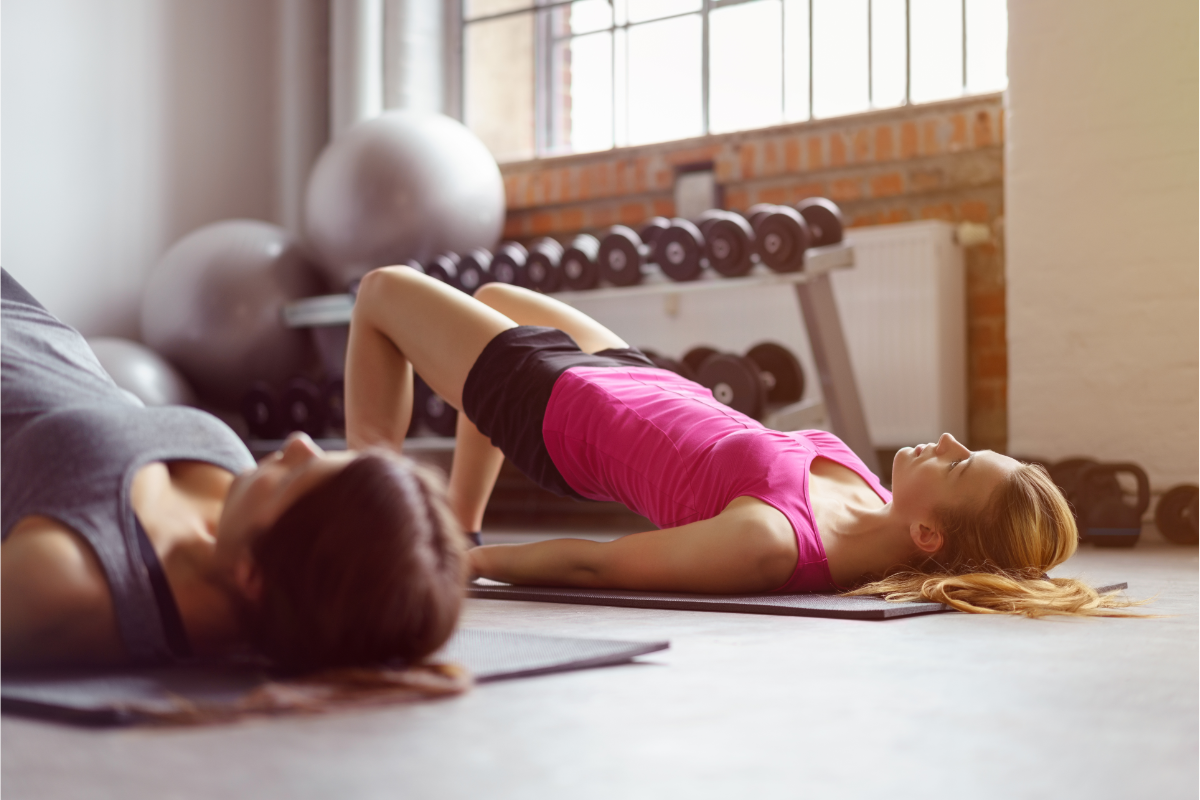How to Do Advanced Pelvic Floor Training for Long-Term Results
The pelvic floor is a group of muscles and connective tissues that support the pelvic organs, including the bladder, intestines, and uterus (in women). Training the pelvic floor, often referred to as pelvic floor exercises or Kegel exercises, focuses on strengthening these muscles to enhance overall pelvic health. But what exactly is pelvic floor training, and why is advanced training crucial for long-term results?
Pelvic floor training involves a range of exercises designed to increase the strength and endurance of the pelvic floor muscles. While many people are familiar with basic pelvic exercises, advanced training techniques provide a deeper understanding of muscle engagement and coordination. This includes not only traditional Kegel exercises but also incorporating resistance, proper breathing techniques, and dynamic movements that promote functional strength.
The importance of advanced pelvic floor training cannot be overstated. Many individuals may initially engage in pelvic exercises without realizing the profound impact these muscles have on overall health. Strengthening the pelvic floor can lead to numerous benefits, including improved bladder and bowel control, enhanced sexual function, and increased core stability. Furthermore, it plays a critical role in preventing and managing conditions such as pelvic organ prolapse and urinary incontinence.
Incorporating advanced techniques into pelvic floor training allows individuals to achieve lasting results. Rather than just performing exercises in isolation, advanced training focuses on integrating these movements into daily activities and enhancing muscle coordination. This holistic approach not only optimizes muscle function but also fosters a better connection between the mind and body.
As we explore the nuances of advanced pelvic floor training, we will delve into the anatomy of the pelvic floor, the benefits of a strong pelvic foundation, and practical strategies to implement effective training. By understanding the significance of this training and committing to a structured program, individuals can take proactive steps toward improving their pelvic health and overall well-being.
Understanding the Anatomy of the Pelvic Floor
The pelvic floor comprises a complex network of muscles, ligaments, and tissues that span the base of the pelvis. These structures form a supportive hammock that holds the pelvic organs in place. The main muscles involved include the pubococcygeus, iliococcygeus, and ischiococcygeus, which work together to control various bodily functions.
Key Structures and Functions
- Muscles: The primary muscles of the pelvic floor assist in bladder and bowel control, sexual function, and provide stability to the pelvis.
- Connective Tissues: These tissues help anchor the pelvic organs, preventing conditions such as prolapse.
- Nervous System: The pelvic floor is richly innervated, enabling the muscles to respond effectively to various stimuli, which is crucial for functions like reflexive control during coughing or sneezing.
Benefits of Advanced Pelvic Floor Training
Advanced pelvic floor training offers a myriad of benefits that extend far beyond basic muscle strength. Here’s how it can significantly enhance your quality of life:
Improved Quality of Life
Strengthening the pelvic floor can lead to a notable improvement in daily activities. Many individuals experience increased confidence, particularly when engaging in physical activities, knowing their pelvic floor muscles can provide the necessary support.
Health Problem Prevention
Engaging in advanced pelvic floor training helps prevent common issues such as urinary incontinence, pelvic organ prolapse, and sexual dysfunction. Regularly strengthening these muscles can fortify the pelvic structure, thereby reducing the risk of such conditions over time.
Different Methods of Advanced Training
Pelvic floor training can be diversified through various methods to enhance effectiveness:
Contraction and Relaxation Exercises
A fundamental component of pelvic floor training is mastering the art of contraction and relaxation. Learning to properly engage the pelvic floor muscles, hold contractions, and then relax them is crucial. Techniques like slow holds and quick flicks help develop both endurance and strength.
Use of Equipment and Accessories
Incorporating equipment, such as resistance bands, pelvic weights, or specialized pelvic floor training devices, can intensify workouts and lead to greater muscle engagement. These tools can also provide feedback, helping individuals ensure they’re targeting the correct muscles during exercises.
How to Start Advanced Training
Getting started with advanced pelvic floor training requires a structured approach:
Initial Assessment and Goal Setting
Before embarking on a training regimen, it’s essential to conduct an initial assessment of your pelvic floor health. This may involve consulting a healthcare professional to identify strengths and weaknesses in muscle function. Establishing specific goals based on this assessment can help guide your training program effectively.
Creating a Personalized Training Plan
A tailored training plan should incorporate a variety of exercises aimed at building strength, endurance, and flexibility in the pelvic floor muscles. Consider factors such as your current fitness level, any existing pelvic health issues, and how much time you can dedicate to training.
Tips for Maintaining Motivation and Discipline
Consistency is key when it comes to pelvic floor training. Here are some strategies to stay motivated:
Establishing Effective Routines
Creating a schedule that fits seamlessly into your daily life is vital. Setting aside dedicated times for training can help establish a routine, making it easier to maintain consistency.
Progress Tracking
Keeping a journal or using a fitness app to log your workouts can be a great way to monitor progress. Celebrating small victories along the way can boost motivation and reinforce your commitment to the program.
Avoiding Common Training Errors
It’s important to be aware of common mistakes that can hinder progress:
What Not to Do During Exercises
Avoid holding your breath or straining while performing pelvic floor exercises. This can lead to increased pressure in the abdominal region, counteracting the benefits of the training. Instead, focus on controlled breathing throughout each movement.
The Importance of Professional Guidance
Consulting professionals can greatly enhance the effectiveness of your training:
Seeking Help from Physiotherapists and Specialists
Working with a pelvic health physiotherapist can provide you with expert guidance tailored to your specific needs. They can help ensure that you are performing exercises correctly and progressing safely.
Integrating Training with Other Health Practices
For optimal results, consider how pelvic floor training fits into your overall health and wellness:
Nutrition and Lifestyle
Maintaining a balanced diet rich in nutrients supports muscle function and overall health. Staying hydrated and managing body weight can also contribute positively to pelvic health. Additionally, incorporating practices like yoga or Pilates can complement pelvic floor training, enhancing flexibility and core strength.
By understanding the anatomy, benefits, and methods of advanced pelvic floor training, as well as how to initiate a structured program, individuals can take significant strides toward improving their pelvic health and achieving long-term benefits.

I’m Hillary Swan, a certified fitness trainer specializing in women’s health and pelvic floor strength. I’m passionate about empowering others to improve their core wellness through targeted exercises. Let’s strengthen our bodies together for a healthier, more confident life.

